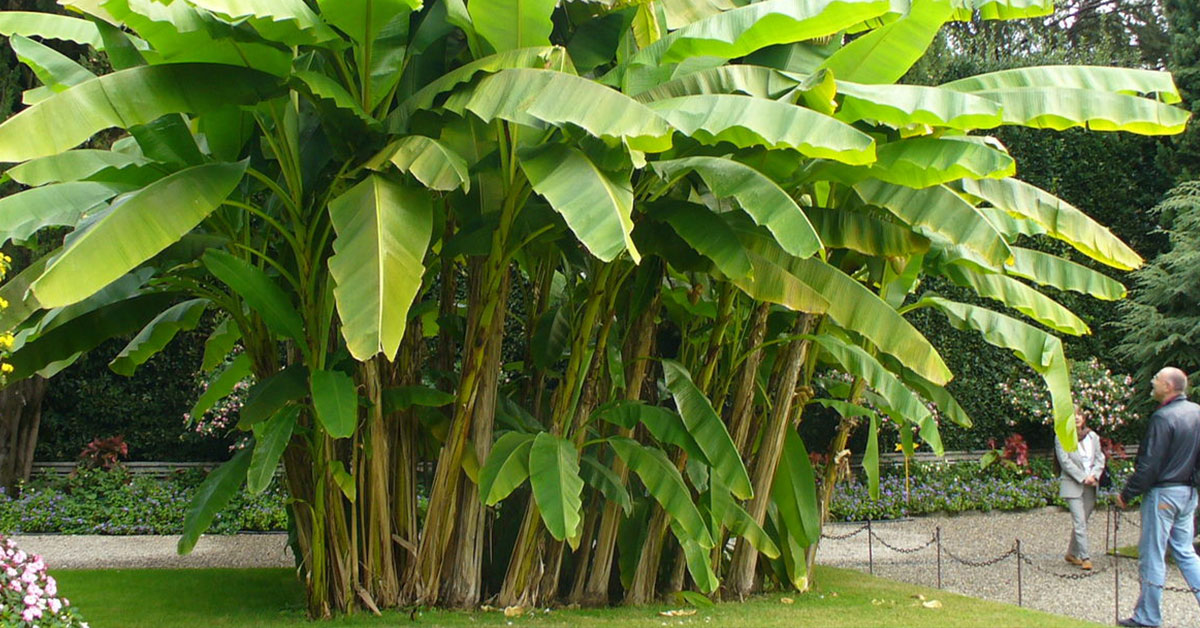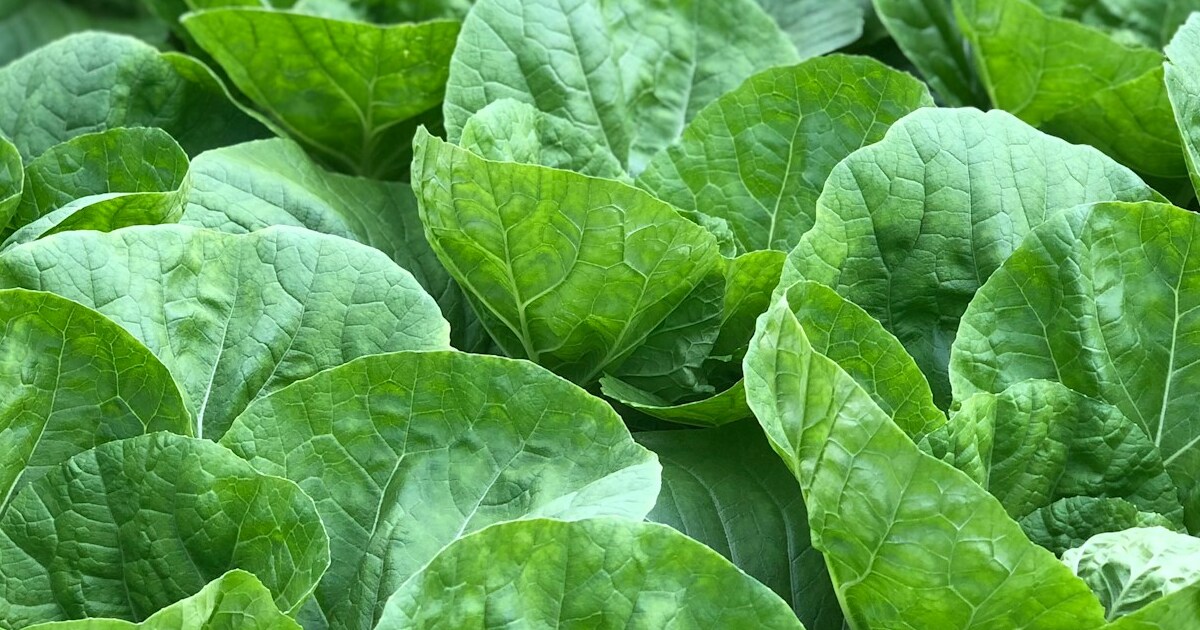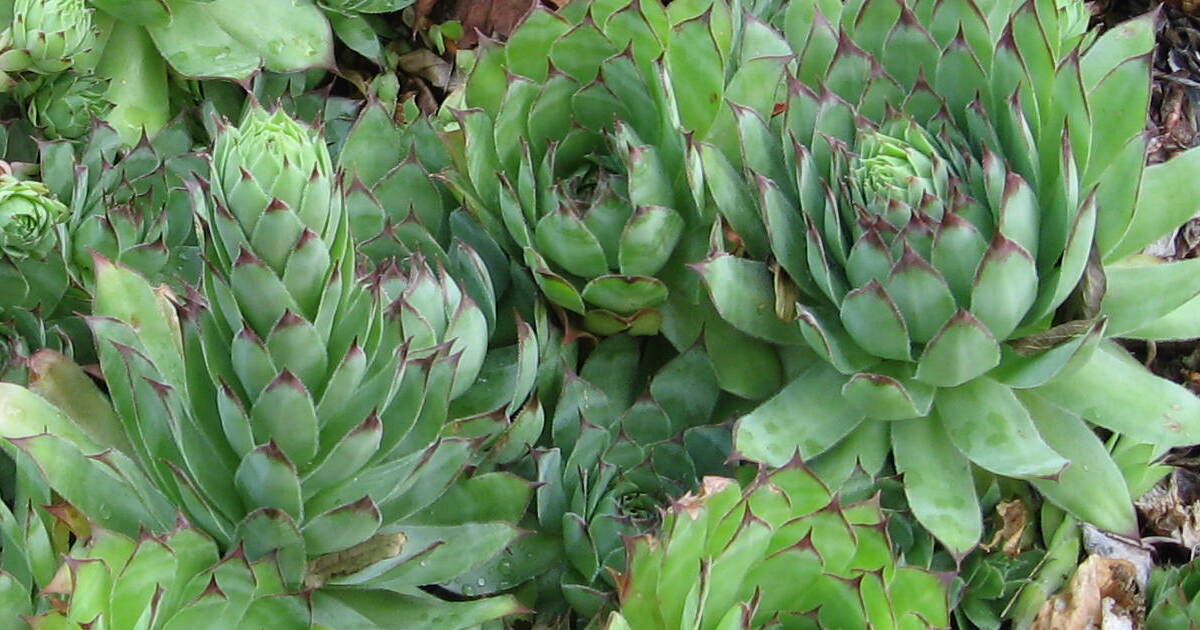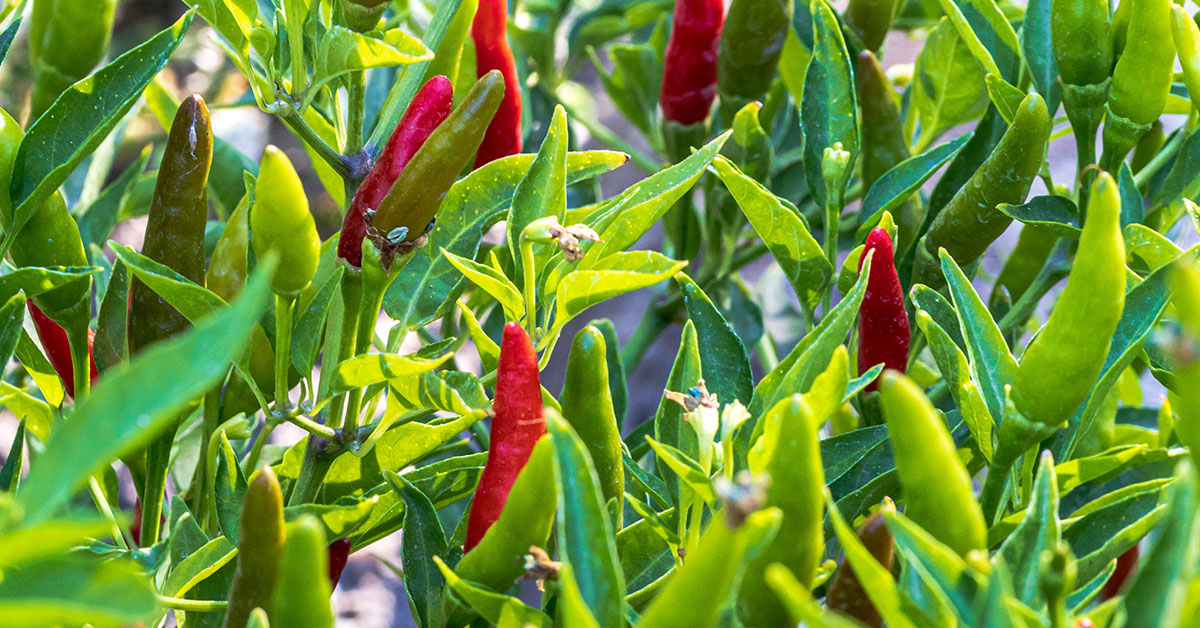Banana trees, with their lush green leaves and delicious fruits, can add a tropical touch to any garden or outdoor space. However, there may come a time when you need to get rid of banana trees. Whether you’re looking to clear space for new plantings, dealing with a diseased or unproductive tree, or simply want to remove an unwanted banana tree, it’s important to approach the task in a safe and effective manner.
In this article, we will guide you through the step-by-step process of getting rid of banana trees, ensuring that you can successfully remove them while minimizing any potential damage or risks. From assessing the tree’s condition to choosing the right method of removal, we will provide you with the knowledge and tools necessary to tackle this task successfully. So, read on to discover how to bid farewell to your banana trees and reclaim your outdoor space.
How to get rid of banana trees
To get rid of banana trees, you can follow these steps:
- Cut off the leaves: Start by cutting off all the leaves of the banana tree. Use a sharp pair of pruning shears or a saw to remove the foliage. This will make it easier to access the trunk and roots.
- Dig around the base: Use a shovel or a spade to dig around the base of the banana tree. Start digging at a reasonable distance from the trunk, as banana trees have extensive root systems that can spread quite far.
- Remove the roots: Once you have dug around the base of the tree, start lifting the roots out of the ground. Banana tree roots are usually quite shallow, so they should come out relatively easily. Use a combination of digging, pulling, and cutting to remove the roots entirely.
- Dispose of the tree: Once you have removed the tree and its roots, you can dispose of them in several ways. You can chop them into smaller pieces and add them to your compost pile, or you can contact your local waste management facility for proper disposal.
- Prevent regrowth: To prevent the banana tree from regrowing, make sure to remove any small shoots or suckers that may emerge from the remaining roots. You can also apply an herbicide specifically formulated for tree stumps to ensure complete eradication.
Remember to always wear protective gloves and clothing when working with trees, and follow any local regulations or guidelines regarding tree removal.
Why get rid of banana trees?
There are a few reasons why someone might choose to get rid of banana trees:
- Disease control: Banana trees are susceptible to various diseases, such as Panama disease and black sigatoka. If a tree becomes infected, it can spread to other trees in the vicinity, leading to a decline in productivity and potentially wiping out an entire plantation. Removing infected trees can help prevent the spread of diseases to healthy plants.
- Pest management: Banana trees are also prone to attacks from pests, such as nematodes, weevils, and aphids. These pests can cause significant damage to the trees and affect fruit quality. By removing and disposing of infested trees, you can help manage pest populations and protect the health of other plants.
- Renewing the plantation: Banana trees have a limited lifespan, typically producing fruit for about 3 to 6 years. After this period, their productivity declines, and it becomes more difficult to maintain their health and vigor. Removing older trees and replanting with new, disease-resistant varieties can help ensure a consistent and productive banana plantation.
- Space management: Banana trees can grow quite large and require a significant amount of space. If the trees are taking up too much room or interfering with other plants or structures, removing them may be necessary to optimize the use of available space.
- Land management: In some cases, landowners may choose to get rid of banana trees to make way for other agricultural or development purposes. This could involve clearing the area for a different crop, expanding infrastructure, or diversifying land use.
Ultimately, the decision to get rid of banana trees depends on the specific circumstances and goals of the individual or organization managing the plantation.
Problems with getting rid of banana trees
There are a few potential problems that may arise when trying to get rid of banana trees:
- Root system: Banana trees have extensive root systems that spread out in all directions. Removing the tree may require significant effort to dig up and remove the entire root system, as leaving any roots behind can result in new shoots sprouting.
- Resilience: Banana trees are known to be quite resilient and can quickly regenerate from any remaining root fragments or rhizomes. This means that even if you remove the main tree, new shoots may continue to sprout, requiring ongoing maintenance to completely eradicate them.
- Spreading seeds: If the banana tree has produced fruit, it may have dropped seeds that can potentially germinate and grow into new banana trees. These seeds may remain dormant in the soil for some time, making it necessary to monitor and remove any new seedlings that emerge.
- Environmental impact: Depending on the region and specific species of banana tree, removing them without proper precautions may have unintended consequences for the local ecosystem. Some banana trees provide habitat and food sources for various animals, so removing them without considering the overall impact on the ecosystem could upset the balance.
- Safety hazards: Banana trees can grow quite tall and their leaves can become heavy, especially when wet. Removing a mature banana tree can be dangerous if not done with proper equipment and safety measures, as falling branches or the entire tree can pose a risk to people or property.
It is important to consider these potential problems and take appropriate measures when attempting to get rid of banana trees.
Other considerations
When considering getting rid of banana trees, there are a few other factors to take into consideration:
- Method of removal: You’ll need to decide on the method you want to use to remove the banana trees. Options include cutting them down, digging them up, or using chemical treatments. Each method has its own pros and cons, so consider factors such as time, cost, and environmental impact.
- Time of year: Timing is important when it comes to removing banana trees. It’s best to do it during the dormant season or when they are not actively growing. This can prevent the trees from regenerating quickly or spreading through root suckers.
- Disposal: Plan for the proper disposal of the removed banana trees. If they are diseased or infested, it’s important to take precautions to avoid spreading these issues to other plants. Some municipalities may have specific regulations for disposing of plant material, so check with your local waste management guidelines.
- Replanting options: Consider what you will do with the area once the banana trees are removed. Will you replant with other plants or use the space for another purpose? Planning ahead can help you make the most of the newly cleared area.
- Future maintenance: Removing banana trees is only the first step. Consider the ongoing maintenance required for the area once the trees are gone. Will you need to regularly monitor for regrowth or take other measures to prevent them from coming back?
By taking these considerations into account, you can ensure a successful and effective removal of banana trees.















